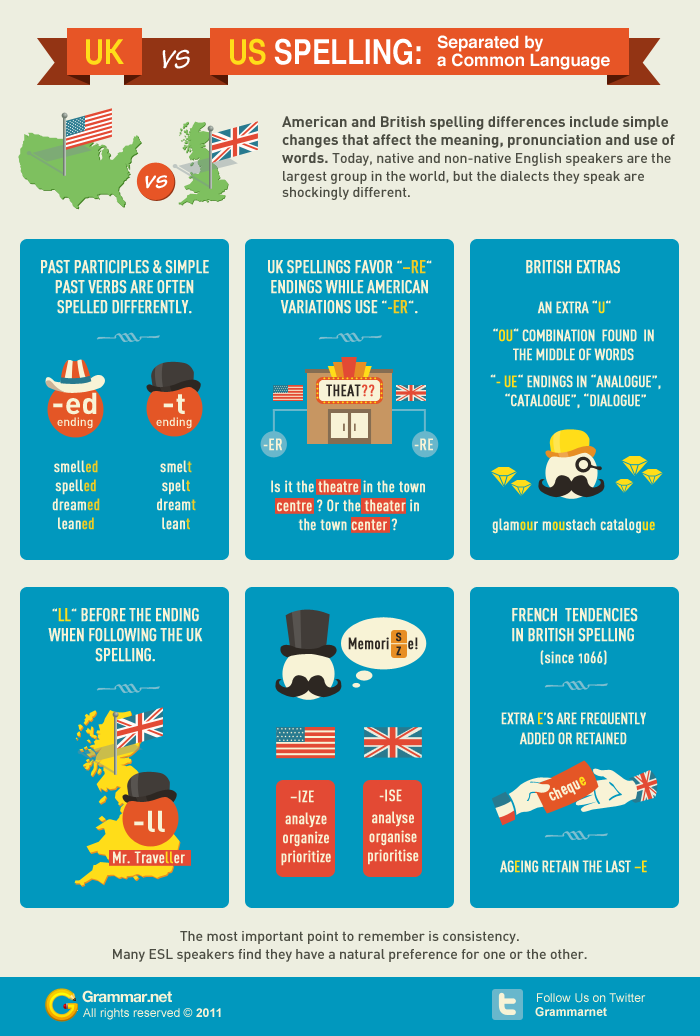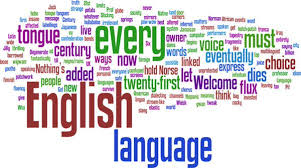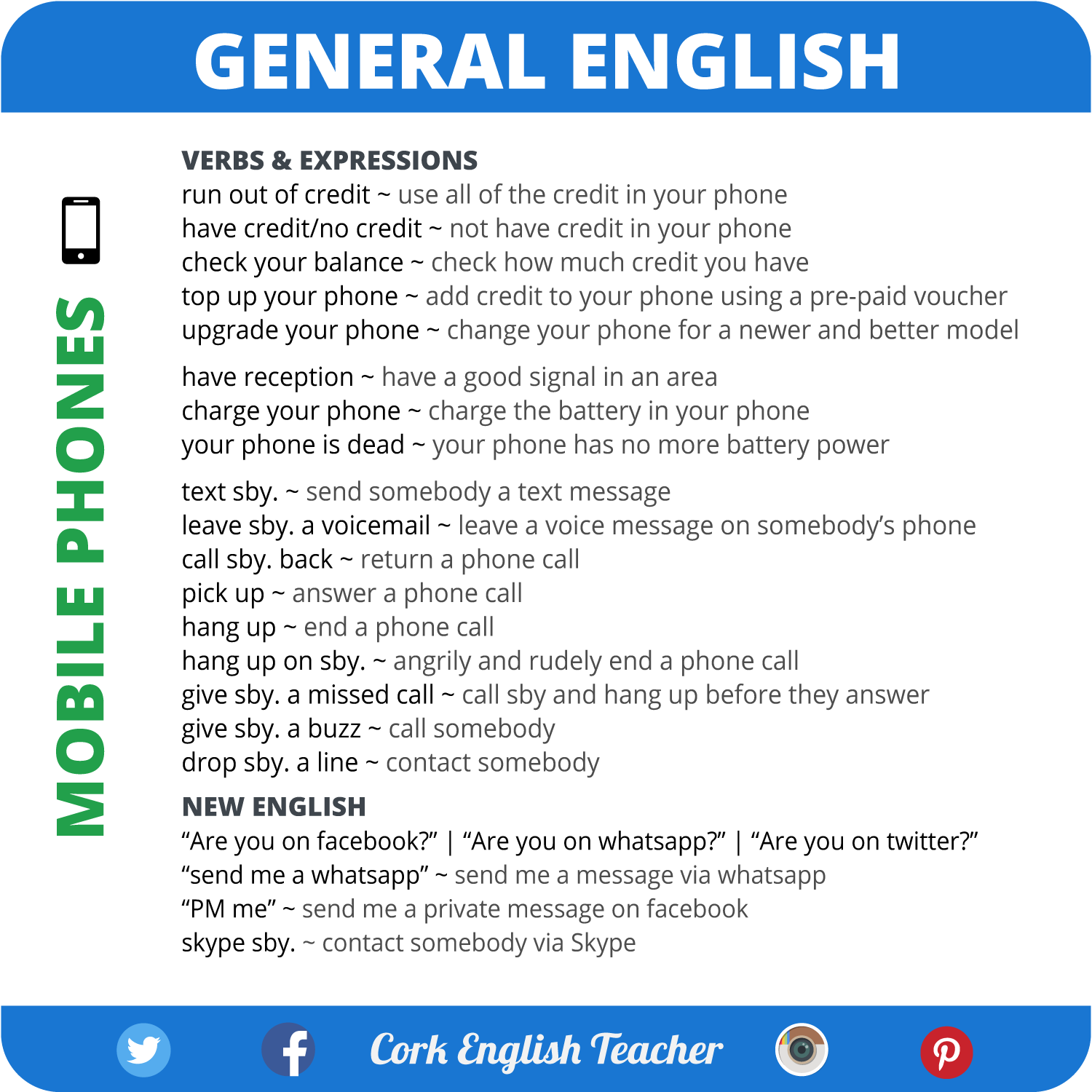
Friday 27 February 2015
Wednesday 25 February 2015
Tuesday 24 February 2015
Calificación del nuevo First Certificate 2015- Reading and Use of English
Muchos de mis alumnos me preguntan como se califican las diferentes partes del examen, especialmente este año al ser el formato del examen distinto. Dado que el tema es largo, lo dividiré en diferentes posts

Cuestiones generales
Notas (Marks) y resultados
Todos los candidatos reciben unos resultados.
Estos resultados son:
Grade A
Si el candidato saca una A en el examen, recibirá el FCE diciendo que ha demostrado tener un nivel C1, es decir, un nivel superior al First Certificate (B2).
Grade B o C
Si el candidato saca una B o C, se le dará el First Certificate (B2)
Nivel B1
Si el nivel del candidato es inferior al B2, pero está dentro de la categoría B1, recibirá un un certificado diciendo que tiene un nivel B1.
Tabla de puntuaciones de la Escala de Cambridge English
Fuente imagen: Cambridge English Handbook for teachers, p.4
Como puedes ver en esta tabla:
- Si consigues una puntuación de entre 160 a 180 puntos obtendrás el First Certificate B2
- Si consigues una puntación de entre 181 a 190obtendrás el First Certificate con un nivel C1
- Si consigues una puntuación inferior a 160 y de hasta 140 puntos conseguirás una certificación acreditativa del nivel B1
Puntuación del Reading and Use of English
En esta parte del First Certificate se puede lograr un máximo de 70 puntos. En la siguiente tabla verás cómo se distribuye esta puntuación.
Parte
|
En qué consiste
|
Nº de preguntas
|
Puntuación
|
Part 1
Multiple-choice cloze
|
Vocabulary, idioms, collocations, fixed phrases, complementation, phrasal verbs, semantic precision
|
8
|
Cada respuesta correcta recibe 1 punto
|
Part 2
Open cloze
|
Awareness and control of grammar with some focus on vocabulary
|
8
|
Cada respuesta correcta recibe 1 punto
|
Part 3
Word formation
|
Vocabulary, use of affixation, internal changes and compounding in word formation
|
8
|
Cada respuesta correcta recibe 1 punto
|
Part 4
Key word transformation
|
Grammar, vocabulary, collocation
|
6
|
Cada respuesta correcta recibe hasta 2 puntos
|
Part 5
Multiple choice
|
Detail, opinion, attitude, purpose, main idea, gist, meaning from context..
|
6
|
Cada respuesta correcta recibe 2 puntos
|
Part 6
Gapped text
|
Cohesion, coherece, text structure
|
6
|
Cada respuesta correcta recibe 2 puntos
|
Part 7
Multiple matching
|
Detail, opinion, specific information, implication
|
10
|
Cada respuesta correcta recibe 1 punto
|
Total
|
52
|
Máx. 70 puntos
| |
Esto significa que si consigues los 70 puntos en el Reading and Use of English, deberás obtener, al menos, 90 puntos más en el resto de las partes para completar los 160 puntos mínimos para obtener el FCE B2.
En el próximo post, calificación del Writing
Adapted from El Blog para aprender inglés
Friday 20 February 2015
Thursday 19 February 2015
Wednesday 18 February 2015
Interesting Facts About English
In no
particular order...
- The most common letter in
English is "e".
- The most common vowel in
English is "e", followed by "a".
- The most common consonant in
English is "r", followed by "t".
- Every syllable in English must
have a vowel (sound). Not all syllables have consonants.
- Only two English words in
current use end in "-gry". They are "angry" and
"hungry".
- The word "bookkeeper"
(along with its associate "bookkeeping") is the only
unhyphenated English word with three consecutive double letters. Other
such words, like "sweet-toothed", require a hyphen to be readily
readable.
- The word "triskaidekaphobia" means "extreme fear of the number 13". This superstition is related to
- "paraskevidekatriaphobia", which means "fear of Friday the
13th".
- More English words begin with
the letter "s" than with any other letter.
- A preposition is always followed
by a noun (ie
noun, proper noun, pronoun, noun group, gerund).
- The word
"uncopyrightable" is the longest English word in normal use that
contains no letter more than once.
- A sentence that contains all 26
letters of the alphabet is called a "pangram".
- The following sentence contains
all 26 letters of the alphabet: "The quick brown fox jumps over the
lazy dog." This sentence is often used to test typewriters or
keyboards.
- The only word in English that
ends with the letters "-mt" is "dreamt" (which is a
variant spelling of "dreamed") - as well of course as
"undreamt" :)
- A word formed by joining
together parts of existing words is called a "blend" (or, less
commonly, a "portmanteau word"). Many new words enter the
English language in this way. Examples are "brunch" (breakfast +
lunch); "motel" (motorcar + hotel); and "guesstimate"
(guess + estimate). Note that blends are not the same as compounds or compound nouns, which form when two whole
words join together, for example: website, blackboard, darkroom.
- The word "alphabet"
comes from the first two letters of the Greek alphabet: alpha, bēta.
- The dot over the letter
"i" and the letter "j" is called a "superscript
dot".
- In normal usage, the # symbol
has several names, for example: hash, pound sign, number sign.
- In English, the @ symbol is usually called "the at sign" or "the at symbol".
Tuesday 17 February 2015
Pancake
Day
Pancake Day
or Shrove Tuesday is a special day celebrated in many countries around the
world. It is celebrated in English-speaking countries like the UK, Ireland,
Australia and Canada. In some countries, like France and the USA, it is called
'Mardi Gras' or 'Fat Tuesday'. In other countries, like Spain, Italy or Brazil,
Shrove Tuesday is at the end of Carnival. On this day many people eat pancakes,
a thin, flat cake made in a pan.
Pancake Day
is always on a Tuesday in February or March. It is the day before Ash
Wednesday, the start of Lent. Lent is a period of 40 days before Easter when
people often give up or stop eating things that are bad for them like chocolate
or fast food. At the end of Lent is Easter. Easter takes place on a different
date each year because it depends on the moon. Easter Sunday is the first
Sunday after the first full moon of spring. Traditionally, during Lent, people
didn’t eat rich foods like butter and eggs, so they made pancakes from these
ingredients on Shrove Tuesday.
Another
tradition on Pancake Day in the UK is pancake racing. People run in a race with
a pancake in a pan. As they run, they have to toss the pancake (throw the
pancake in the air and catch it in the pan) several times. In some pancake
races people dress up in fancy dress costumes. The most famous pancake race
takes place in a town called Olney, in the middle of England. People say that
Olney has been celebrating pancake races since 1445!
Pancakes
are very easy to make. Try our recipe.
Ingredients:
One cup of flour
One cup of milk
One large egg
Some salt
Some butter or oil
Lemon juice
Some sugar
One cup of flour
One cup of milk
One large egg
Some salt
Some butter or oil
Lemon juice
Some sugar
Instructions:
Fill one cup with flour and put into a bowl. Fill another cup with milk and pour into the bowl. Crack the egg into the bowl and whisk the flour, milk and egg until the mixture is smooth. Put a very small amount of butter or oil in a pan, and when it is hot, put some mixture in the pan and move the pan to make a thin pancake. After one minute hold the pan carefully and throw or toss the pancake in the air to turn it over. Now cook the pancake on the other side.
Fill one cup with flour and put into a bowl. Fill another cup with milk and pour into the bowl. Crack the egg into the bowl and whisk the flour, milk and egg until the mixture is smooth. Put a very small amount of butter or oil in a pan, and when it is hot, put some mixture in the pan and move the pan to make a thin pancake. After one minute hold the pan carefully and throw or toss the pancake in the air to turn it over. Now cook the pancake on the other side.
When the
pancake is ready, squeeze some lemon juice and put some sugar on it and eat it
immediately. If you don’t like lemon juice, eat them with jam, chocolate sauce
or ice cream. Mmm, delicious!
From British Council
From British Council
Thursday 12 February 2015
Tuesday 10 February 2015
Sunday 8 February 2015
Friday 6 February 2015
First Certificate Speaking 2015

De nuevo os dejo un artículo donde os explican el nuevo formato de la parte oral del examen First. Tenéis una descripción detallada, además de consejos y ejemplos. Leedlo todo con clama, veréis que es realmente útil.
Speaking 2015
Thursday 5 February 2015
Winter vocabulary

IDIOMS ABOUT THE WEATHER:
- It's raining cats and dogs:
It's raining very hard.
- A fair-weather friend: A person
who will only be your friend when things are going well for you.
- If someone has their head in the
clouds, they are out of touch with the everyday world and can be
unrealistic as a result.
- It never rains but it pours:
The problems don't happen occasionally . They happen all at the same
time.
- You're just chasing rainbows:
You are trying to do something that will never happen.
- He has a face like thunder. He
is really angry
- That all sounds like a storm in a teacup to
me. A person is exaggerating their problems.
- Save up for a rainy day : Put
money aside for when you might need it later
- It's raining cats and dogs:
It's raining very hard.
Tuesday 3 February 2015
Subscribe to:
Posts (Atom)






